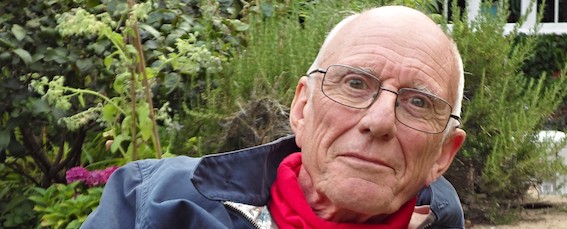Senna: F1’s fast-master of the Post Modern
I find, a bit late, that I like a great deal about Formula One, and am slowly learning about some of its characters. I’m afraid I knew nothing about Ayrton Senna, whose death 20 years ago is being marked today, until I read various online posts about him just now. One mini-essay revealed Senna to be a master of the Post Modern….
This is very posy, of course, as is everything about the Post Modern. Pseud’s Corner beckons. But only for me. I don’t think Senna was being at all ridiculous or show-offy when he told Gerald Donaldson the following, on the status of F1’s stars:
“In many ways we are a dream for people, not a reality. That counts in your mind. It shows how much you can touch people. And as much as you try to give those people something it is nothing compared to what they live in their own mind, in their dreams for you. And that is something really special… something really, really special for me.”
The quote strikes me as a perfectly Post Modern remark, because it says that he was aware of how much an idea or image or phantasm of himself was a real feature in other people’s consciousness and life, and therefore reflexively in his consciousness and life.
It happens that Matt Bishop, a leading Formula One figure, is the grandson of Bernard Wall (the father of Matt’s late mother, the novelist Bernardine Bishop) who introduced many English-speakers to the idea of the Noosphere. This was the notion of the palaeontologist, priest, theologian and mystic, Teilhard de Chardin, that consciousness was an important new addition to the biosphere, or addition to life, and that it was proper to think of it as being a sort of organism (rather as the biosphere might be thought a single system, in the manner of James Lovelock’s Gaia).
TdC had it that this was God’s way of making evolution draw human life, and all of creation, to Himself. But, even shorn of this religious purpose, one can reasonably see consciousness as being a huge joint enterprise, of which each of us – our consciousness – is a shard or fragment or working part. In Teilhard de Chardin’s day – the first half of the 20th Century – one could argue for the idea of the Noosphere from good evidence (the whole known history of mankind’s self-consciousness and communication). But by now, the equipment of communication, and its impact on our consciousness, has become blindingly evident, if still incomprehensible. The whole Noosphere thing may only be a metaphor for the nuts and bolts of matter becoming conscious, and the consequences of that. But it is a good one (at least as good as Gaia, for the biosphere).
The Post Modern point here is that it makes perfect sense that the Noosphere will produce plenty of opportunities for perception to ricochet – for reciprocal interactions – between mind and matter: between a thought or a dream or an idea, and “real” consequences in the “real” world of a person’s life.
Senna seems to have known most of that.


Leave a comment